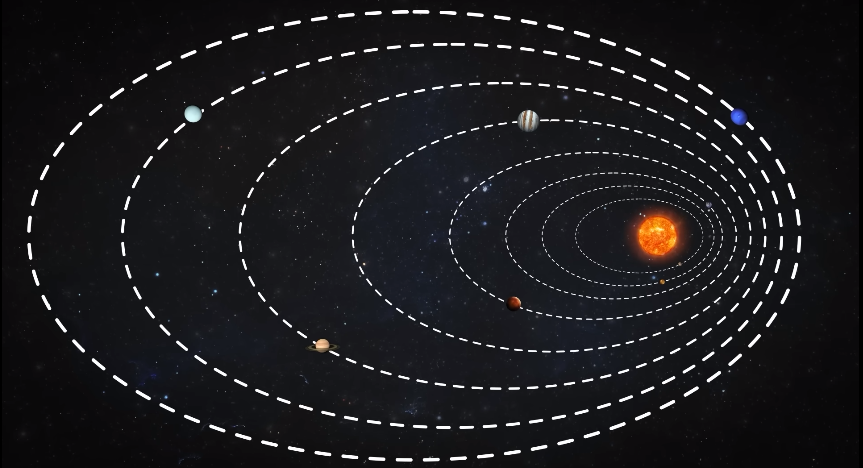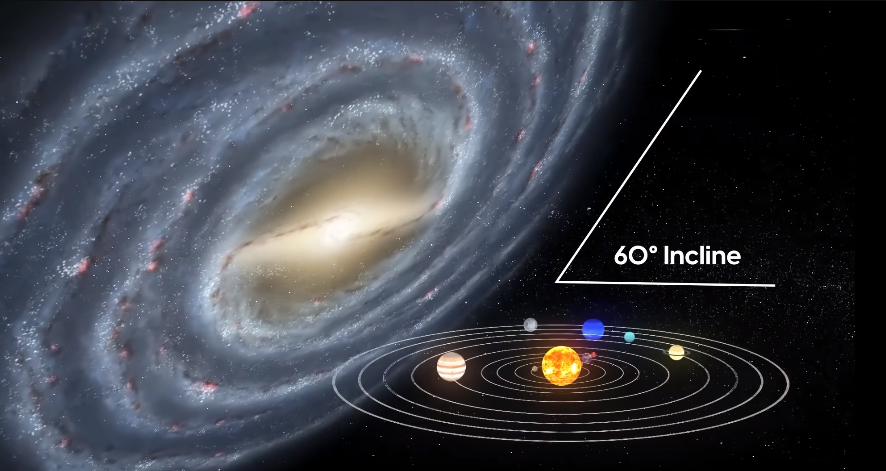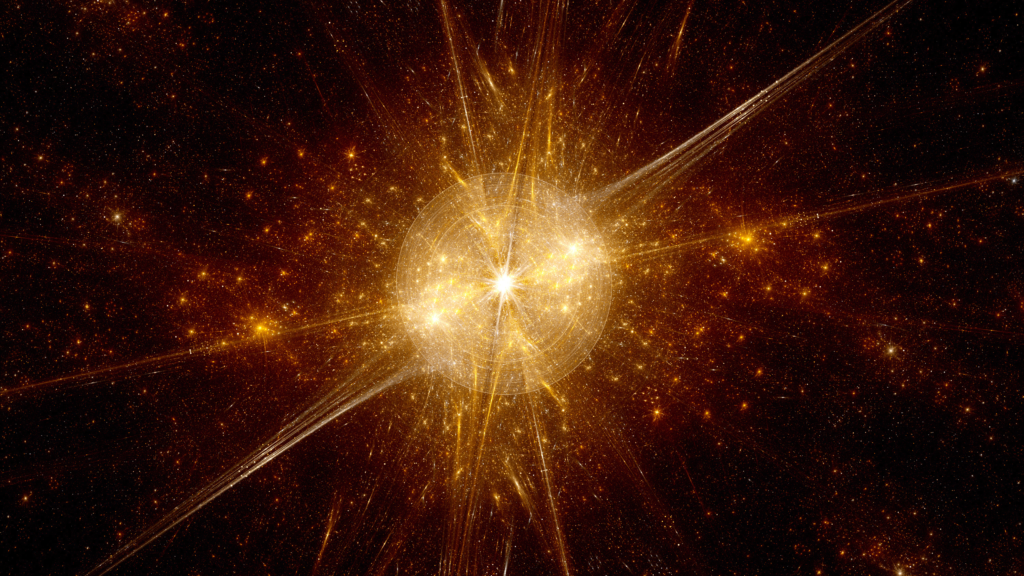We have seen almost all the models of the solar system, of which there are three famous models, one is the Geocentric Model, the second is the Geo Heliocentric Model and the third is the Heliocentric Model. Whatever model you look at, every model will show all the planets of our solar system in the same plane.

Now the picture you are looking at is Ernest Rutherford’s Planetary Model of the Atom which was inspired by our solar system. In this model, none of the electrons are in a plane, nor does it resemble the solar system. But we are already making all the planets of our own solar system in one plane. But finally why are we showing all the planets in the same plane. But if we ignore the planetary position for a while, then since the time of Pythagoras, in this geocentric model, the object has been placed in a spear because they were not sure what object orbits. As you can see in the picture.

To overcome this limitation came the TBM Model. This model is the solar system model of Tycho Brahe, teacher of sixteenth century mathematician astronomer Johannes Kepler. They thought that all the planets revolve around the Sun and not the Earth and the difference is that the Sun itself revolves around the Earth. Here also Tycho Brahe only changed the positions of the objects without telling anything about their individual plane as you can see in the picture.

When these problems were not solved, the Heliocentric Model came in the end. This model was created by Johannes Kepler. Johannes Kepler, in the process of proving his teacher’s model correct, accidentally proved his own teacher’s model wrong.
As you can see in the picture that all the objects are not moving around the sun in a circle but in an elliptical orbit. He never said that they all revolve on the same plane.

In fact, when NASA observed the Kepler 30 Solar System with the Kepler Telescope in 2012, it was the first time that we found the rotational plane of a star more or less aligned with the orbits of all the planets. That is, till now we have under the same ancient models that all the planets orbit in the same plane with the sun, that too without dust or observation.

As you can see in this picture Mercury, Venus, Mars, Saturn more or less align with sun. This means that astronomers would include that all planets, along with our Earth, orbit their host star in a single plane, which today we call the ecliptic.
How Planets, Asteroids and Moons Form!
In the year 2019, in this new research, astronomers discovered that two binary star systems are approaching each other by orbiting each other and new planets are going to be formed very soon from their collisions. The planetary disk rotating around these stars is orbiting the two stars perpendicularly, not left to right but top to bottom.
That is, the opposite of what we have been taught till date. We were taught that whenever a massive gas cloud becomes very dense, then by being attracted by its gravity, even more dense particles are attracted towards that gas cloud, i.e. some initial spin, but that’s not all. Along with this, something else also happens, due to the extra particles, the gravity increases so much that nuclear fusion starts in their center, then gradually a star starts forming there, then due to its gravity, that huge cloud eventually starts to shrink. And then finally the cloud begins to rotate in order to conserve angular momentum.
This means higher spin velocity equals centrifugal force. And more centrifugal force is equal to rotating disk. In this rotating disk, small particles combine together to form rocks, then the same rocks combine to form asteroids, planets and moons. That is, all those particles start rotating in the same direction where the disk is rotating and the asteroids, planets and moons made of these particles start rotating around the same disk through a plane orbit.
Why Plane Tilted: If all this is due to angular momentum, then why are all the planets tilted in relation to the solar plane and why our solar system is also tilted 60 degrees to the galactic center. If you put on a frock and start spinning, then waves are formed in the fabric. This is probably the reason why the orbit of our Earth and the rest of the planets is a little wavy. But still doesn’t explain why the axis of rotation of all revolving objects is always tilted.
Some astronomers say that all the early planets collided and fused together in the early years of the planet, thus tilting them in these early years. But this only explains why the tilt of all the planets is different from each other.
This assumption does not explain why the Sun’s axis is tilted from its own plane. Yes, the Sun itself also rotates at a 6 degree tilt from the overall flat orbital plane and no one knows why.
Recently in 2016 two astronomers Brown and Batygin of California Institute of Technology proposed an extra 9th planet in our solar system due to which according to them the Sun is tilted. But so far we have not been able to find such a planet with any telescope. But these two astronomers say that there is a planet in our solar system which is twice as heavy as our earth and moves twenty times from sun to neptune distance. As a result, the angle of the orbital plane of the rest of the planet is disturbed due to this.
According to these two astronomers, the 9th or X Planet’s own plane is at an inclination of 30 degrees compared to the rest. In order to counter back their revolution, the overall major orbital plane becomes 6 degree tilt, which means that technically it is not the tilt of our sun due to the 9th or X planet. If someone could tilt our sun, it would be our own Jupiter.
Our Solar System Also Tilted
Our solar system also runs through the Milky Way at a 60 degree incline. Let me explain to you that many of you must have taken a picture of the sky at night, every time its image would have come like this.

The straight line that you see in this picture is basically the Galactic Plane Of Rotation of our galaxy and that bright line is always vertical so it means our solar system is slightly tilted in the Galactic Plane Of Rotation.

